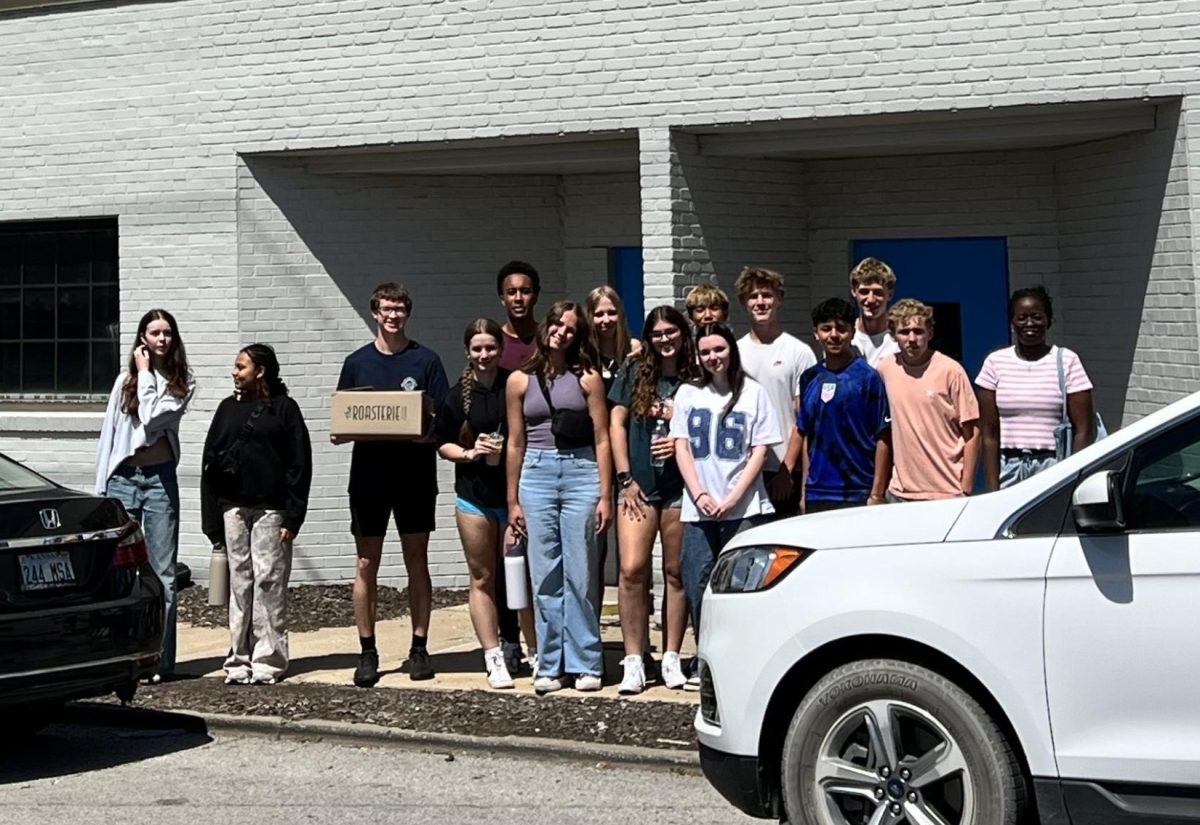The Dangers of Red Dye 40

Mar 9, 2023
Many people don’t know what toxins are going into their bodies when they consume food and drinks. Many foods and drinks including cereals, candy, chips and more contain the red dye 40.
According to Amen Clinics, “Horrifyingly, the food industry dumps 15 million pounds of artificial dyes into our food every year—over 40% of which is Red Dye 40, a petroleum-based substance. Red Dye 40 is the number-one food dye used in the United States, found in most unnaturally red foods.”
There are so many dyes to create different colors in food. Some of the worst dyes for you are yellow and red.
Childrens MD refers to a study done by the University of Southampton in the UK linking six dyes to hyperactivity they call them the “Southampton Six.” These dyes are called E110 (sunset yellow/FD&C Yellow #6), E104 (quinoline yellow), E122 (carmoisine), E129 (Allura red or FD&C Red #40), E102 (tartrazine/FD&C Yellow#5) and E124 (ponceau 4R).
Red dye 40 is safe for consumption but it is known to cause issues like aggression and lack of focus. Due to health concerns, red dye 40 is banned in the United Kingdom and Switzerland.
Advanced Health, explained, “Red dye #40, also known as Allura Red AC, is derived from petroleum distillates or coal tars. It contains benzidine, a known carcinogen also known to cause ADHD and behavioral issues in children.”
Red dye 40 can be the source of the “sugar rush” kids get from candy, rather than the sugar.
At Smart Kids with learning disabilities, “Numerous controlled studies have concluded that food dyes can worsen behavior in some children with and without ADHD. According to Dr. Joel Nigg, a leading ADHD researcher, and author artificial food colors (AFCs) may cause symptoms in up to 8% of children with ADHD nationwide, potentially affecting over 500,000 kids and their families.”
Not only do you have to worry about ADHD in kids, but dyes are also known to cause cancer. Studies show that there is a higher chance of cancer after eating artificial dyes which are known carcinogens.
According to the Cancer Council, “Some dyes that have been found to cause cancer in rats at high doses have been judged to be safe at levels consumed in food and drink. Most food dyes are found in ultra-processed foods that we should only be eating sometimes and in small amounts, such as soft drinks and confectionery.”
Almost everything we eat and/or use has some type of dye in it. Dyes make things more appealing to look at and eat. Most of the food in the grocery store is not how it naturally looks.
As Reported by Cooking Light, “They can strengthen the naturally occurring colors of a food, enhance an otherwise colorless food, and help protect color loss from light or storage conditions. Natural dyes derived from vegetables such as beets, carrots and turmeric have been used to enhance foods since ancient times, but synthetic dyes are a relatively recent product. Artificial colors are often used in processed foods because of their ability to provide rich, intense hues at a lower cost than natural colors.”
There are foods in grocery stores that have all-natural dyes which can lead to a healthier lifestyle and a happier life.
Biofriendly Planet stated, “the colors produced by natural dyes and pigments are vibrant. Next, they are not only biodegradable but nontoxic and nonallergic too. This means that they are much better for the environment and for use around humans. It is easy to extract the natural color from plants, fruits, or flowers.”
There are other options in the store to make transitioning to natural dyes easier. Changing to natural dyes can help with your future health, attention span, and happiness.





